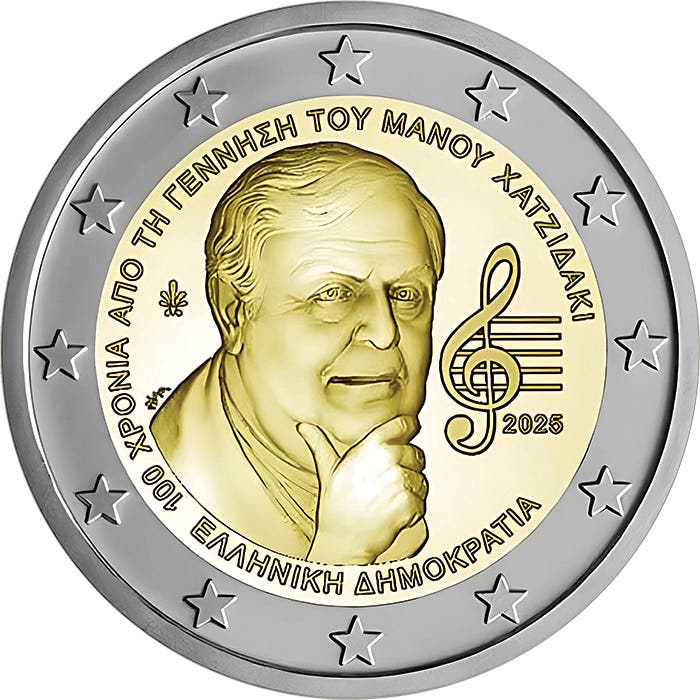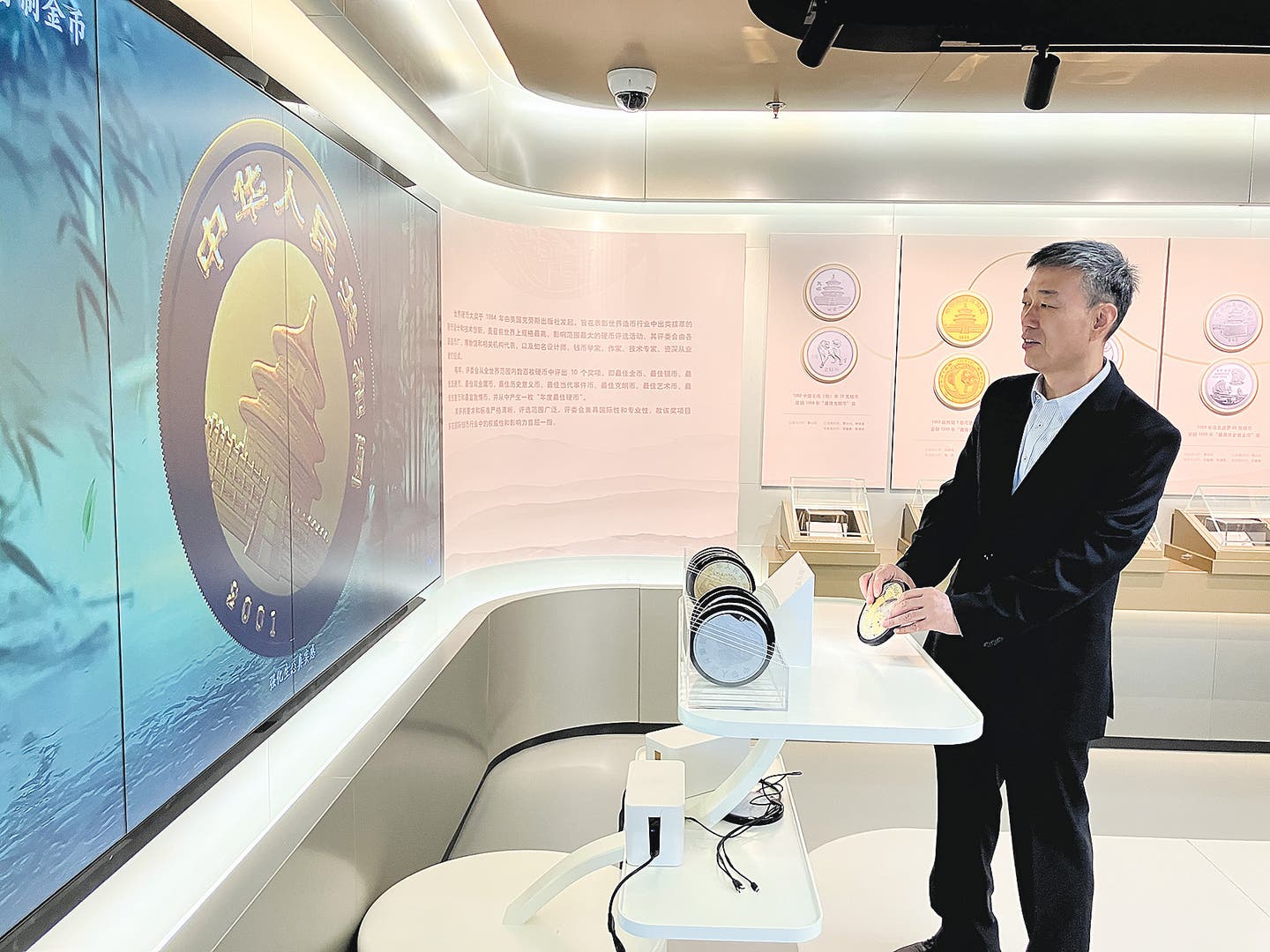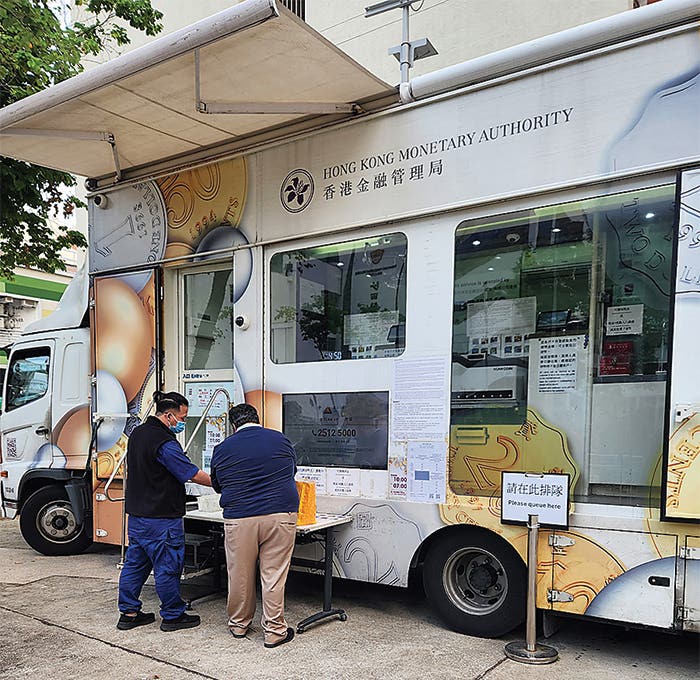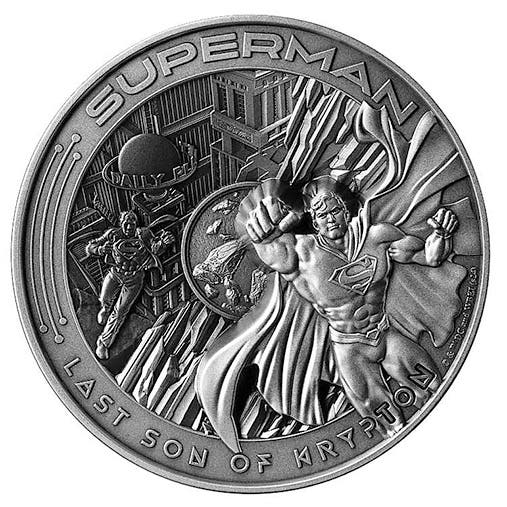Swiss gold initiative fails
At the end of November, the Swiss voted down three initiatives. One would have called for their federal government to enact a requirement that the nation’s central bank, the Swiss…
At the end of November, the Swiss voted down three initiatives. One would have called for their federal government to enact a requirement that the nation’s central bank, the Swiss National Bank, eventually acquire enough gold to equal the value of 20 percent of outstanding Swiss franc currency (versus current holdings equal to roughly only 7 percent). The no votes made up more than 75 percent of the total.
Ever since the vote for the initiative was announced, along with the opposition to it by top Swiss politicians, I told people that it was doomed to be voted down. The polls consistently showed that this initiative would lose, though all showed it being closer than it turned out. The politicians claimed that adoption of this initiative would hurt the ability of the Swiss National Bank to manipulate the value of the franc (the main reason this initiative was advocated).
However, even as I predicted that the initiative would fail, I also explained that such a result would not matter. Had the initiative passed, it would only have called for the federal government to enact this regulation, which had uncertain prospects of occurring. Further, implementation would have been strung out for at least five years, during which a wide variety of games in the gold paper contract market could have been used to pretend that the Swiss National Bank was acquiring physical gold. In other words, even if the initiative passed and then was enacted by the Swiss government, it would still have pretty much been business as usual.
There were some commentators who suggested that passage of this initiative would somehow spark an immediate huge demand for physical gold. A few people might have purchased physical gold coins and bars, speculating that this might actually occur. While I agree with the thought that gold (and silver) prices today are much lower than they will be in the not too distant future, my judgment did not factor in any impact from the Swiss vote.
As most readers are probably aware, gold and silver prices were clobbered Nov. 28. It is a typical pattern for gold and silver prices to decline over three or four-day holiday weekends when there is thin trading in U.S. markets (because it is easier to manipulate a thinly traded market). That has happened over Thanksgiving weekends more often than not in recent decades. This time the extent of the decline was greater than normal.
Here’s my hypothesis of what happened. Knowing that the Swiss vote was coming up on Sunday of Thanksgiving weekend, the U.S. government cooperated with Swiss officials to scare even more voters into opposing the initiative by pushing down gold and silver prices more than usual over a holiday weekend. Doing so made it appear that gold was a risky asset to hold in the central bank’s reserves.
It is typical on the Monday after Thanksgiving for precious metals prices to be soft, not recovering to pre-Thanksgiving levels until the following day. Knowing of this common pattern, and aware that some forecasters had predicted that gold prices would jump if the Swiss initiative passed, the U.S. government arranged for its trading partners to try to crash gold and silver markets when they started trading in Asian markets Monday morning, Dec. 1, (6 p.m. Eastern Time Zone Sunday in the U.S.). Gold was knocked down to almost $1,140 with a low silver price of $14.13 in Asian markets.
Unfortunately for the U.S. government, the success in achieving such a dramatic fall in price triggered a monstrous wave of buying. As I type this after 11 a.m. Eastern on Monday, Dec. 1, the price of gold has just topped $1,200 and silver is at $16.40, increases of more than 5 percent for gold and more than 16 percent for silver in just 17 hours.
I’m sure that there will be some effort at holding gold’s price below $1,200 at the COMEX close and to try to push silver back toward $16. Even if that occurs, expect to see gold and silver buyers to put continuing pressure for higher levels over the course of December.
At the Michigan State Numismatic Society show in Warren, Mich., this past weekend, there were few silver bullion-priced coins and bars being liquidated. On the other side, there were many ready buyers of physical silver if it could be purchased near the suddenly lower spot prices. When I walked around the floor of the show on Sunday, there were a few dealers who had bullion-priced coins and bars in their showcases for sale, but they tended to be priced in the range of $19-20 per ounce to the public.
Patrick A. Heller was the American Numismatic Association 2012 Harry Forman Numismatic Dealer of the Year Award winner. He owns Liberty Coin Service in Lansing, Mich., and writes Liberty’s Outlook, a monthly newsletter on rare coins and precious metals subjects.
More Coin Collecting Resources:
• Kick-start your coin collection with the Fundamentals of Coin Collecting set of essential resources and tools.
• Strike it rich with this U.S. coins value pack.
• Build an impressive collection with Coin Collecting 101.









